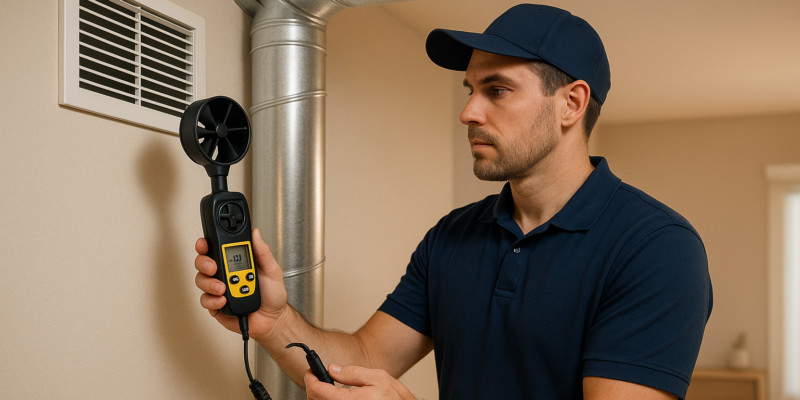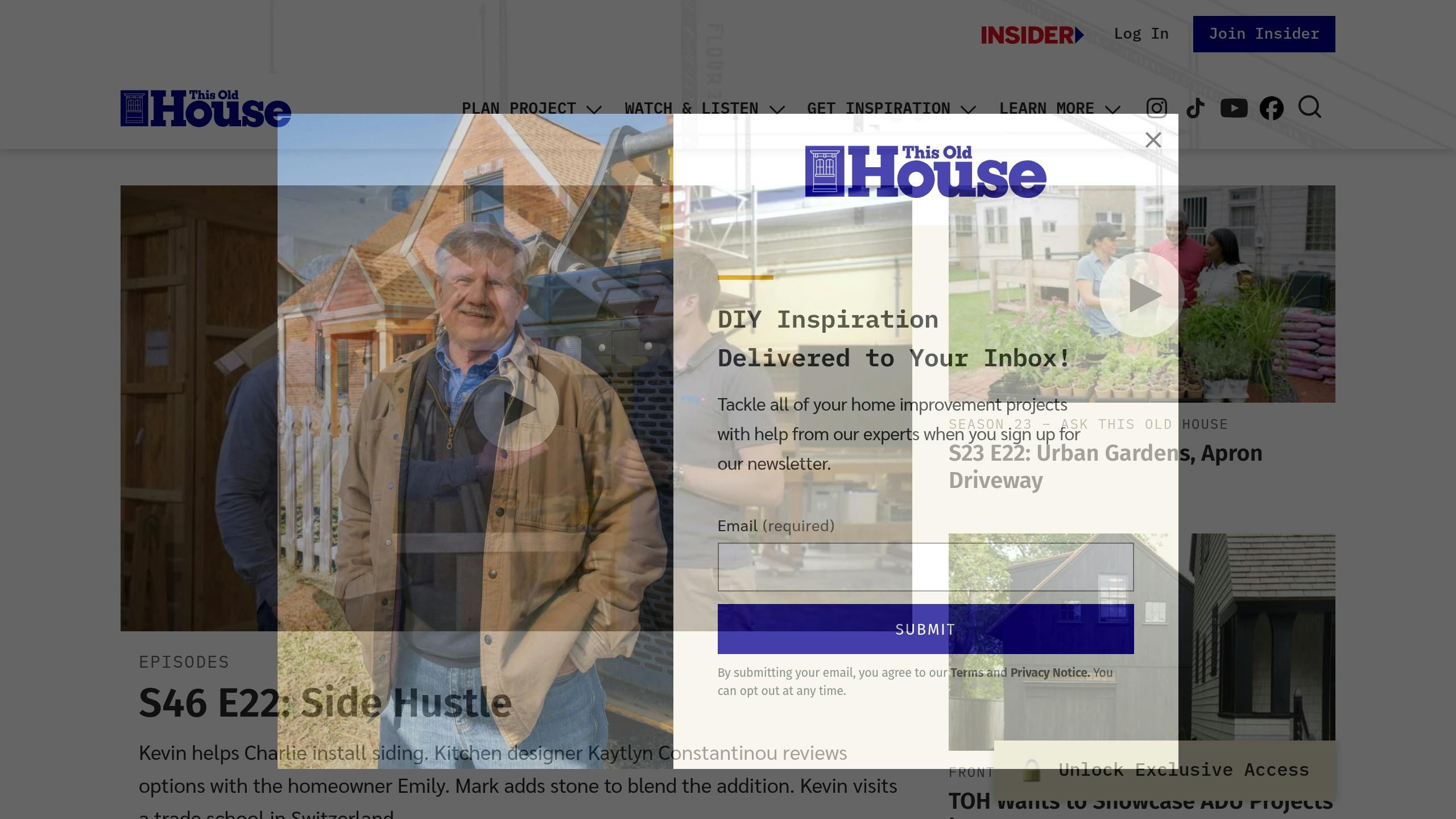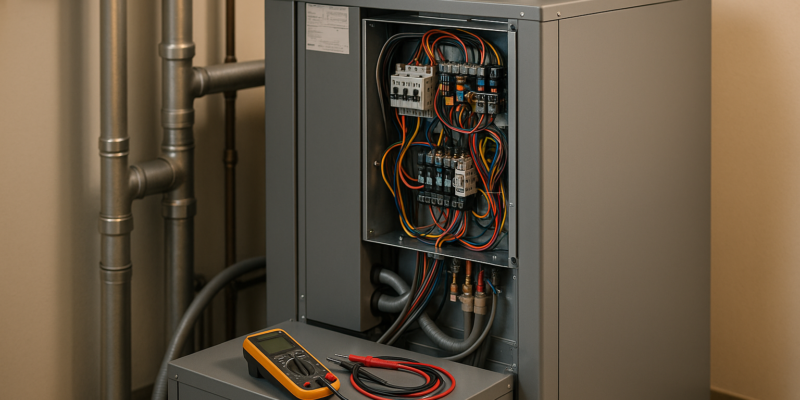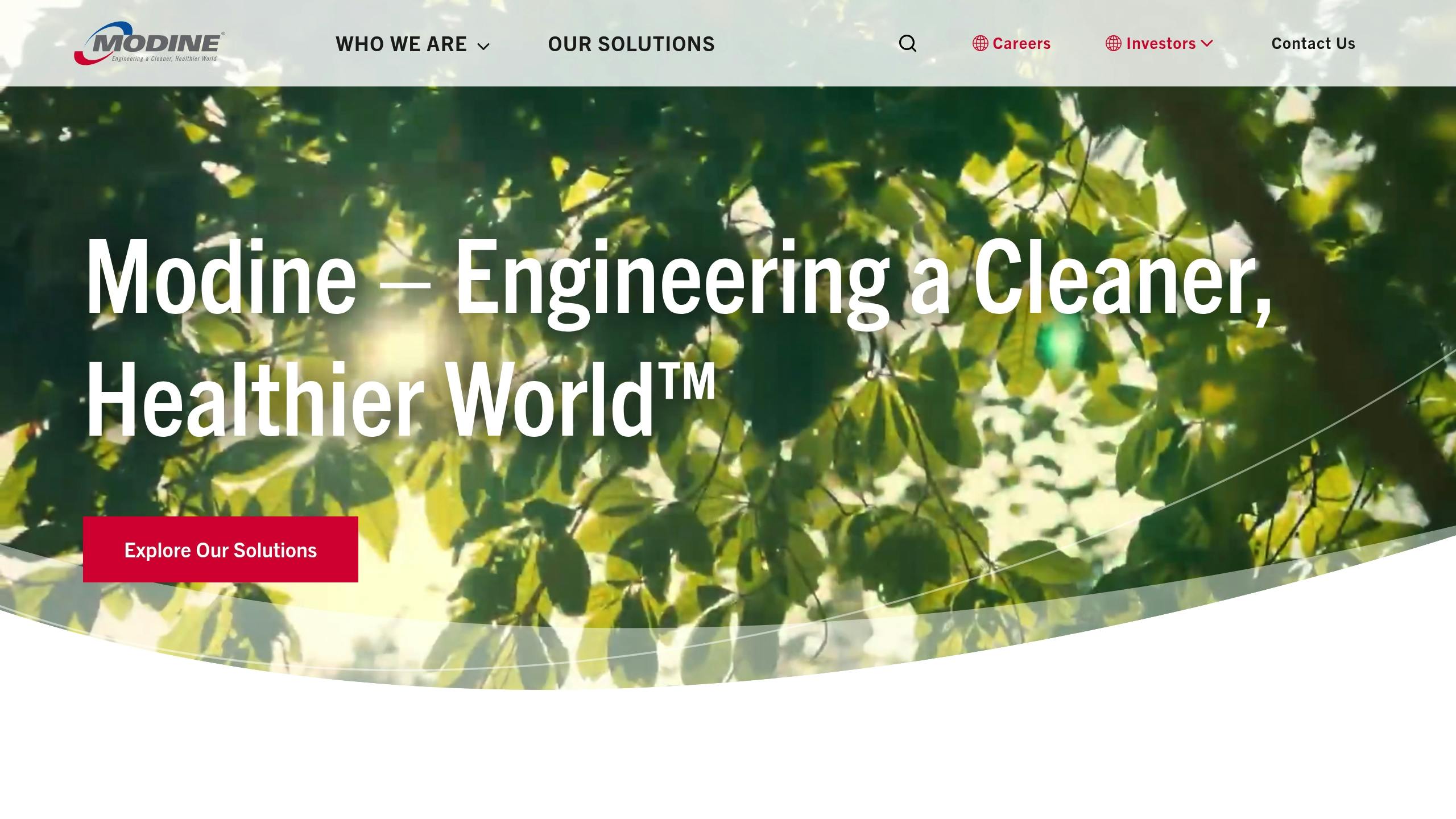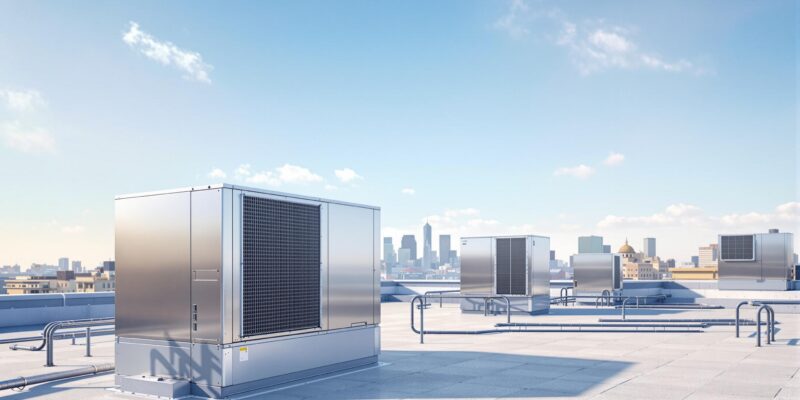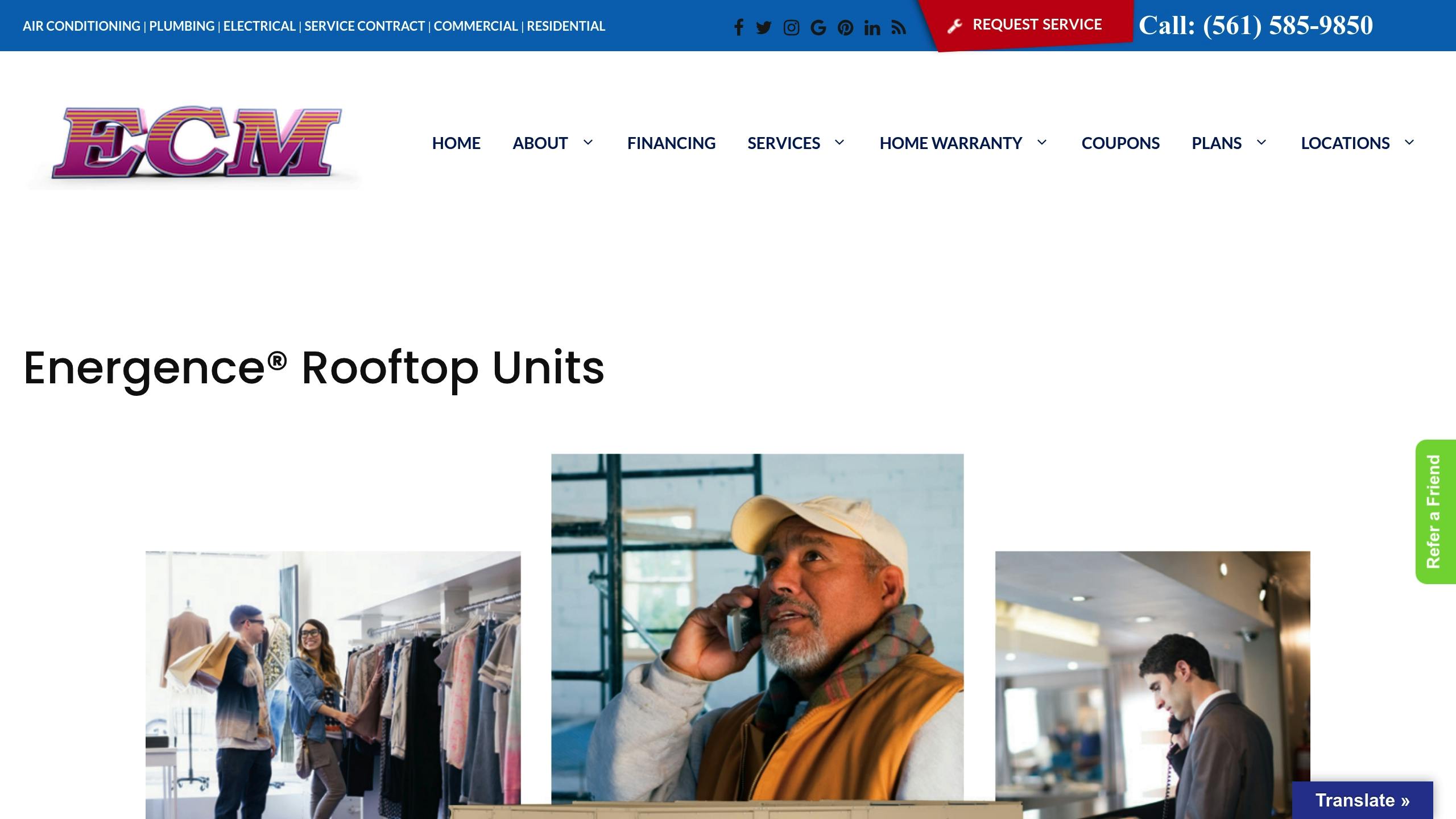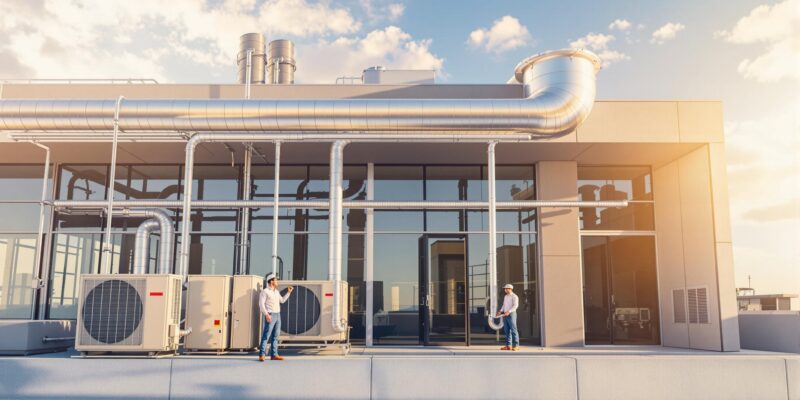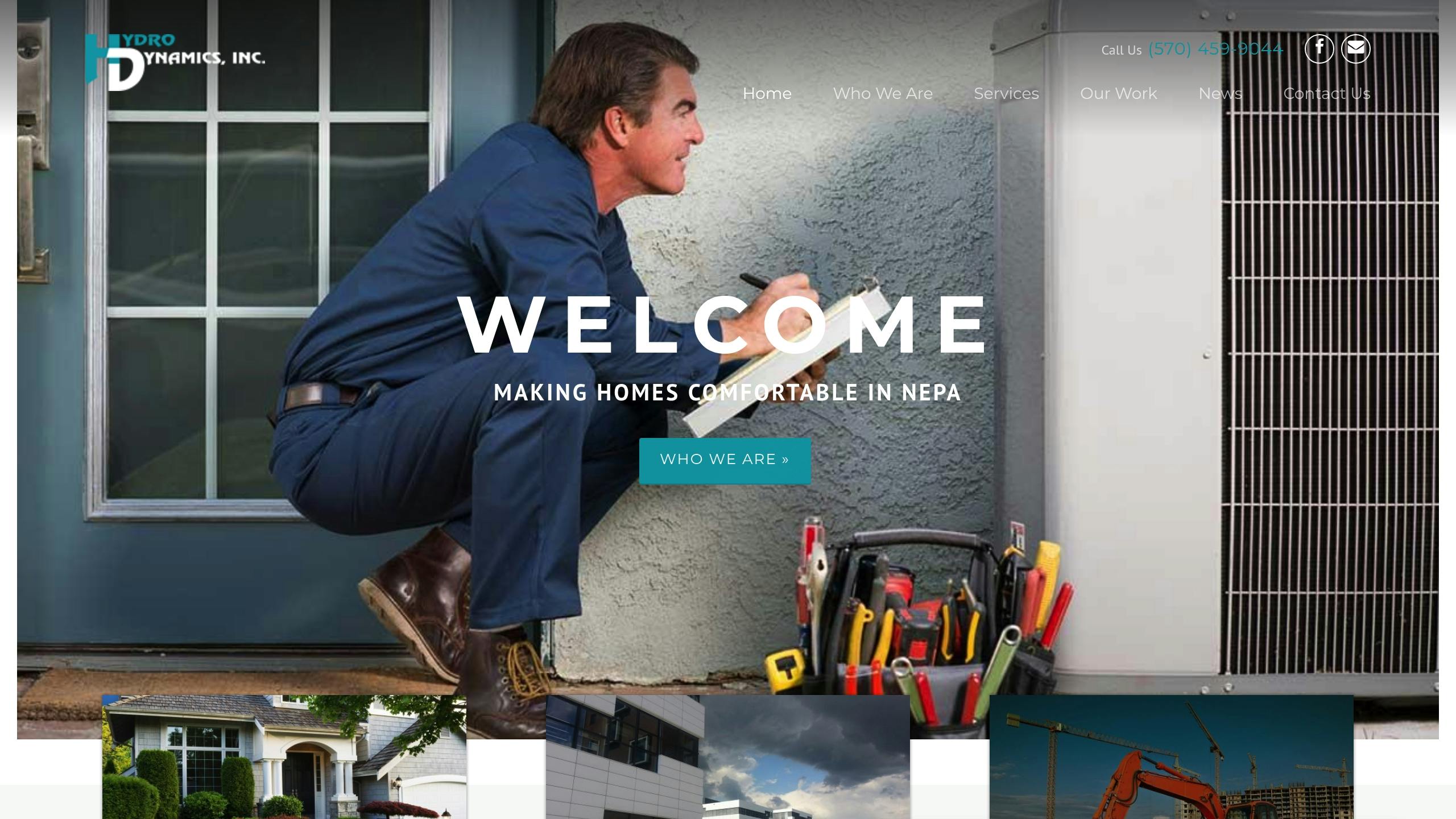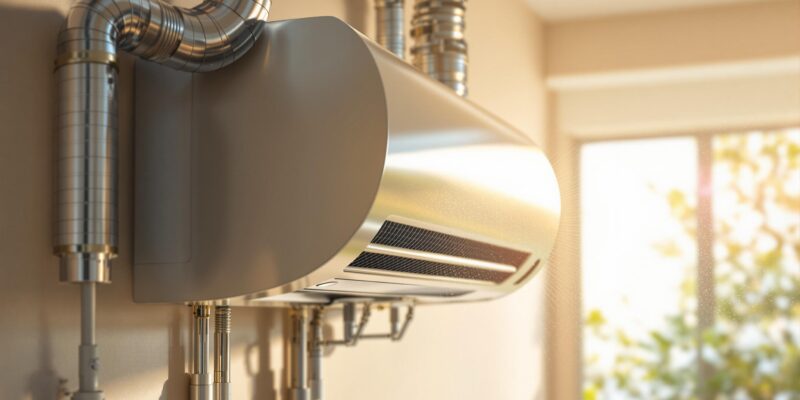Energy Audit Costs by State
Energy audits help you find ways to save on energy bills by identifying inefficiencies in your home or building. Costs vary depending on location, property size, and audit type. Here’s a quick breakdown:
- Average Cost: $200–$700 (National average: $437)
- By Region:
- Northeast: $550–$800 (e.g., New York $800)
- South: $700–$750 (e.g., Miami $750)
- West: $275–$300 (e.g., Denver $275)
- Midwest: $200–$650 (e.g., Chicago $450)
- Audit Levels:
- Level 1: $150–$200 (basic inspection)
- Level 2: $200–$650 (detailed testing)
- Level 3: $650–$900 (thorough analysis)
Incentives: Federal tax credits up to $150 and state-specific rebates can lower costs. Savings on energy bills range from 5% to 30%.
Energy audits are a smart investment to cut costs and improve energy efficiency. Check local programs for rebates or free audit options.
How Much Does A Building Energy Audit Cost? – Earth Science Answers
1. Northeast States
The Northeast stands out as one of the priciest regions in the U.S. for energy audits. New York tops the list with an average cost of $800 per audit, while Boston follows at $550 – both well above the national average of $437[2][1].
Average Cost
Energy audit costs in the Northeast vary significantly, with prices ranging from $0.08 to $0.50 per square foot. For context, New York’s average cost is nearly twice the national rate, and Boston’s pricing is about 26% higher than average[2][1].
Testing components also come at a premium in this region. A blower door test typically costs around $350, duct testing averages $100, and infrared testing runs about $200[2][1]. HERS evaluations are priced at approximately $375, with an extra $200 for certification[2].
These figures highlight the financial considerations tied to energy audits in the Northeast, driven by both the depth of testing and regional factors.
Audit Depth Options
The cost of energy audits in the Northeast also depends on the level of detail involved. Basic audits, which focus on visual inspections of primary systems, typically cost between $150 and $200[2].
More comprehensive audits range from $300 to $900 and include specialized tests like blower door assessments, infrared imaging, and duct leakage analysis[2]. These detailed evaluations are especially valuable in the Northeast, where heating expenses often account for a large share of annual energy costs.
Regional Influences
Several factors contribute to the Northeast’s higher energy audit costs. One significant influence is the region’s participation in the PJM Interconnection electrical grid, which spans 13 states and creates unique market dynamics. For instance, capacity charges are set to increase by 833% in the 2025-2026 delivery year, pushing businesses to prioritize energy efficiency measures[5].
“The significantly higher prices in this auction confirm our concerns that the supply/demand balance is tightening. The market is sending a price signal that should incent investment in resources.” – Manu Asthana, PJM Chief Executive Officer[5]
With commercial energy bills in PJM territories projected to rise by 29% or more starting June 2025, energy audits are becoming a vital tool for businesses aiming to combat these increases[5]. Since 2020, commercial electricity prices have already climbed by 22%, further emphasizing the need for efficiency upgrades[6].
These regional pressures set the Northeast apart from other parts of the U.S., where energy costs and audit trends differ considerably.
Incentives and Rebates
Although energy audits in the Northeast come with higher upfront costs, various incentive programs help ease the financial burden. For example, New York’s NYSERDA offers the Flexible Technical Assistance (FlexTech) Program, which funds customized studies for clean energy improvements[8]. In Massachusetts, residents can take advantage of Mass Save, which provides energy assessments, audits, and rebates for efficiency upgrades[9].
Low-income households in states like New Hampshire benefit from the Weatherization Assistance Program (WAP). This initiative, often run in partnership with utility providers, helps reduce energy costs by improving home efficiency[7][10].
“Winter energy costs could be a burden for households, especially depending on where they live.” – Wael Kanj, Senior Research Associate for Rewiring America[4]
These programs make professional energy assessments more accessible, helping both residential and commercial property owners offset the high costs of audits while unlocking long-term savings potential.
2. Southern States
Energy audit costs in the Southern region are generally moderate, though some metropolitan areas come with higher price tags. For instance, in Austin, Texas, and Miami, Florida, the average audit costs are around $700 and $750, respectively – both well above the national average of $437 [1]. Below, we’ll explore pricing ranges, audit options, climate-specific factors, and available rebates in the South.
Average Cost
In the South, energy audits typically range between $200 and $700. For residential properties, comprehensive assessments fall between $212 and $698. Simpler visual inspections start at approximately $150 to $200, while more detailed evaluations that include specialized testing can cost between $650 and $900 [1].
Audit Depth Options
The depth of the audit plays a big role in determining the cost. Here’s a breakdown of the three main audit levels:
- Level 1 audits: These are basic walk-through inspections for homes around 1,800 square feet, usually costing $150 to $200.
- Level 2 audits: These involve a more detailed energy survey and analysis, with costs typically ranging from $200 to $650.
- Level 3 audits: These are the most thorough, offering detailed testing, improvement plans, and computer modeling. Prices for these audits generally fall between $650 and $900 [1].
Regional Influences
The South’s climate, with its long and hot summers, heavily impacts energy needs. Air conditioning efficiency becomes a key focus during energy audits, as cooling systems are often under constant strain. Auditors in this region also pay close attention to ductwork and insulation performance to address the demands of the climate. Additionally, state regulations and utility policies can affect both the scope and pricing of energy audits [3].
Incentives and Rebates
To help offset the cost of energy audits, many Southern states provide financial incentives. For example:
- Florida is set to receive about $346 million in rebates for energy efficiency upgrades.
- South Carolina expects over $137 million in funding for home energy rebate programs [12][13].
- In Texas, utilities like Garland Power and Light offer free energy audits, while cooperatives such as Tri-County Electric Co-op, Sam Houston Electric Co-op, Mid-South Electric Co-op, and New Braunfels Utilities provide similar services [3].
On top of state-specific programs, Southern homeowners can also take advantage of the federal Energy Efficient Home Improvement Tax Credit, which provides up to $150 in savings on energy audit costs and up to $3,200 for related efficiency upgrades [3][11]. These incentives make energy assessments more affordable and can lead to energy savings that reduce household bills by 5% to 30% [3].
3. Western States
Energy audit costs across Western states can vary quite a bit depending on the location. For instance, in Denver, Colorado, audits average around $275, while in San Francisco, California, they come in at about $300[1]. Both figures fall below the national average of $437, making energy assessments in the West generally more affordable. These regional differences highlight the need to delve into the specifics of audit costs, focus areas, and available incentives in this part of the country.
Average Cost
In Western states, the cost of energy audits typically ranges between $200 and $500. Denver averages $275, while San Francisco is closer to $300 – both under the national average of $437[1]. These costs depend on the scope and complexity of the audit, which can vary widely.
Audit Depth Options
Western states adhere to the ASHRAE classification system for energy audits, which outlines three levels of assessment based on depth:
- Level 1 audits: These are basic walk-through inspections with limited testing, costing between $0.08 and $0.24 per square foot[14].
- Level 2 audits: These involve more detailed analyses, including specialized testing and comprehensive reporting, priced at $0.25 to $0.35 per square foot[14].
- Level 3 audits: The most thorough option, these assessments include detailed analysis, computer modeling, and extensive testing, with costs typically ranging from $0.36 to $0.50 per square foot[14].
Regional Influences
The diverse climates of Western states significantly shape the focus of energy audits. In warmer areas like Arizona and Nevada, audits often emphasize cooling system efficiency, while in colder regions such as Montana and Wyoming, the focus shifts to heating systems and insulation performance. Additionally, states like California, known for their strict energy efficiency regulations, often require more detailed assessments to meet compliance standards. These regional priorities also influence the types of incentive programs available.
Incentives and Rebates
Western states offer a variety of incentives to make energy audits more accessible and affordable. For example:
- California leads with 157 energy efficiency incentives and policies, as cataloged by the Database of State Incentives for Renewables & Efficiency[16].
- Oregon and Washington follow with 101 and 83 initiatives, respectively[16].
Here’s a closer look at state-specific programs:
- Arizona: Homeowners enjoy property tax exemptions for renewable energy systems and energy-efficient building components. Solar and wind devices are exempt from state sales tax, and a state tax credit allows for a deduction of 25% of installation costs, up to $1,000[17].
- California: Incentives include property tax exemptions for qualifying solar systems, upfront rebates for energy storage systems through the Self-Generation Incentive Program, and financial assistance for clean heating technologies like heat pumps via the TECH Clean California Program[17].
- Utah: The state has received $101 million in Inflation Reduction Act funding to develop new rebate programs through the Utah Office of Energy Development[18].
Additionally, residents across the region can take advantage of the federal Energy Efficient Home Improvement Credit, which covers up to $150 of energy audit costs[1]. When paired with state and utility programs, these incentives can significantly reduce the overall cost of energy assessments.
“The energy audit is a great first step. It’s like going to the doctor for a physical, but the doctor is going to write you a prescription for what to do next.” – Joel Rosenberg, Special Projects Program Manager, Rewiring America[15]
4. Midwest States
In the Midwest, energy audit costs can vary widely. For example, in Chicago, the average cost is around $450, slightly above the national average of $437 [1].
Average Cost
The cost of energy audits in the Midwest generally falls between $200 and $650, depending on the level of detail and the size of the home. Here’s a quick breakdown:
- Level 1 audits: Basic assessments typically range from $150 to $200.
- Level 2 audits: More comprehensive evaluations cost between $200 and $650.
- Level 3 audits: The most detailed audits can range from $650 to $900.
In addition, pricing based on square footage usually runs between $0.08 and $0.50 per square foot [1][14]. While these costs are similar to national averages, they’re influenced by unique Midwest factors like regulations and climate conditions.
Regional Influences
The Midwest faces a mix of challenges that impact energy audit costs. One major factor is the region’s extreme weather, with freezing winters and sweltering summers, which puts extra focus on both heating and cooling systems during assessments. Another issue is the inconsistency in state and local building codes, which leads to cost variations across the region [19].
Some homes in rural Midwest communities are particularly vulnerable. As U.S. Rep. Emanuel Cleaver explained:
“There are rural communities where they haven’t had a new home built in ten to 15 years. It means that people are living in houses where they may only be getting about 50% of the energy that they pay for” [19].
Adding to the strain, electricity prices in the Midwest rose by 14% in 2022, leaving many families struggling to keep up with utility bills. Marion McFadden, HUD Deputy Assistant Secretary, highlighted the urgency of this issue:
“Many people have been caught by surprise when utility costs spike. Families should never have to find themselves making hard choices about whether to heat their home in winter or use cooling during a heat wave” [19].
Incentives and Rebates
To tackle these challenges, many Midwest states have introduced programs to make energy audits and efficiency upgrades more affordable. Michigan, for instance, has a standout program called the Home Energy Rebates program (MiHER). With $210 million in funding, it allocates $105.7 million for Home Efficiency Rebates (HOMES) and $105.3 million for Home Electrification and Appliance Rebates (HEAR) [20].
Minnesota’s Conservation Improvement Program (CIP) is another success story, delivering $4 in energy savings for every $6 invested by utilities [22]. Martin Kushler, a senior fellow at the American Council for an Energy-Efficient Economy, summed it up well:
“The economics are just so solid and so good for customers” [22].
Here’s a look at some state-specific programs:
- Illinois: Ameren Illinois offers rebates for upgrading to energy-efficient appliances [19].
- Kansas: The Kansas Housing Corporation provides free, comprehensive home energy audits to eligible households [19].
- Missouri: CommunitySavers offers free home energy assessments for income-eligible customers [19].
- Nebraska: Nebraska Public Power District’s EnergyWise programs include incentives for heat pumps, insulation upgrades, LED lighting, and cooling system tune-ups [19].
One particularly inspiring example comes from Dakota County, Minnesota. McKinstry completed an $8.4 million energy efficiency project there, resulting in $338,000 in annual savings and a 27% reduction in carbon emissions [21]. Minnesota Rep. Zack Stephenson put it simply:
“The best way to cut carbon emissions is to not make them in the first place” [22].
With these state and utility-backed programs, many homeowners can significantly reduce or even eliminate the out-of-pocket costs of energy audits, making energy efficiency more accessible across the Midwest.
Advantages and Disadvantages
Energy audits bring a range of benefits, but their value can vary depending on where you live, local incentives, and market dynamics. Weighing these factors helps homeowners decide whether investing in a professional energy assessment makes sense for them.
One major advantage of energy audits is their potential to save money. Homeowners can cut utility bills by 5% to 30% after making the recommended changes [15]. For example, while the upfront cost of improvements might be around $6,020, the resulting energy savings could total roughly $8,000 over a decade [15]. Of course, these savings depend on regional costs and specific home conditions.
Climate plays a big role in how effective an audit can be. Homes in areas with extreme weather – like frigid winters in the Northeast or sweltering summers in the South – are likely to see more significant benefits from implementing energy-saving measures.
Audit costs, however, can vary widely by location. For instance, in New York, an energy audit might cost about $800, while in Denver, it could be as low as $275 [1]. Here’s a quick look at how costs and benefits stack up across different regions:
| Region | Average Audit Cost | Advantages | Disadvantages |
|---|---|---|---|
| Northeast | $550 – $800 | Extreme weather can lead to large savings | Higher costs and possible regulations |
| South | $700 – $750 | High cooling demands may yield fast returns | Higher upfront audit costs |
| West | $275 – $300 | Lower costs in cities like Denver | Less incentive variability |
| Midwest | ~$450 | Four-season efficiency boosts savings | Challenges for rental property owners |
Incentives also play a critical role in cost-effectiveness. For example, a federal tax credit can offset up to $150 of the audit cost [2], but state and local programs differ significantly. This means that two similar homes in neighboring states could face very different out-of-pocket expenses.
Another hurdle is low public awareness of energy-saving programs. Over 60% of Europeans are unaware of the Energy Efficiency Directive, and only 33% of Americans recognize the Energy Star program [24]. This lack of knowledge often discourages homeowners from taking advantage of energy audits and their potential benefits.
There’s also the issue of mismatched incentives. For instance, landlords who pay for audits and upgrades may not directly benefit if tenants are the ones saving on utility bills [24]. Similarly, in areas without strong building energy codes or appliance standards, the effectiveness of audit recommendations can be diminished [24].
Even with these challenges, energy audits offer more than just financial perks. They can improve indoor air quality and even boost property values [23]. As Joel Rosenberg, special projects program manager at Rewiring America, puts it:
“The energy audit is a great first step. It’s like going to the doctor for a physical, but the doctor is going to write you a prescription for what to do next.” [15]
Ultimately, understanding the specific pros and cons in your state is key to getting the most out of your energy audit investment.
Summary
Energy audit costs in the U.S. show clear regional differences, offering insights for informed decision-making. While the national average stands at $437, prices vary widely – from as low as $275 in Denver to as high as $800 in New York. These differences are shaped by factors like local market conditions and regional weather patterns [1]. This highlights the importance of tailoring audit decisions to your specific location.
The type of audit you choose also plays a big role in determining value. Options range from basic audits (Level 1: $150–$200) to comprehensive ones (Level 3: $650–$900) [1][2].
To get the best value, consider obtaining multiple quotes [2]. Additionally, check with local utility companies and government programs for rebates or incentives that could help lower costs. Many states offer programs designed to offset the expense of energy audits.
The potential savings make energy audits a worthwhile investment no matter where you live. Homeowners can see energy bill reductions of 5% to 30%, with some reporting savings as high as 60% after following audit recommendations [3][26].
Choose an audit level that fits your budget and focus on cost-effective improvements like better insulation and air sealing [2][25]. For personalized energy audits and efficiency upgrades, Hydrodynamics Inc. provides solutions tailored to your local needs and budget.
FAQs
What causes energy audit costs to vary across different states in the U.S.?
Energy audit costs in the U.S. can differ significantly depending on several factors. One big influence is regional energy prices and local regulations. In areas where energy costs are higher or regulations are stricter, audit fees tend to be on the higher side.
The size and age of the property also play a role. Larger homes or older properties often need more thorough evaluations, which naturally drives up the cost.
Climate is another key factor. In colder states, auditors might focus more on heating efficiency, while in warmer regions, cooling systems take center stage. These differences in focus and requirements mean energy audit prices can vary quite a bit from state to state.
What incentives and rebates are available to help homeowners save on energy audit costs?
Homeowners looking to cut down on energy audit expenses have access to a range of incentives and rebates through federal, state, and local programs. One notable option is the Energy Efficient Home Improvement Credit, which lets you claim up to $150 for a home energy audit. This credit covers 30% of qualifying expenses, including upgrades that make your home more energy-efficient.
Another great opportunity is the Home Efficiency Rebate (HER) program. This offers upfront discounts based on the energy savings achieved through retrofits, with eligible improvements potentially saving you up to $8,000. By combining these rebates with tax credits, you can significantly lower your costs while enhancing your home’s energy performance. Be sure to check with your local government or utility providers to see what additional programs might be available in your area.
What are the differences between the three levels of energy audits, and how do I choose the best one for my home?
Energy audits are divided into three levels, each offering a different scope of analysis and cost.
Level 1 audits are the simplest. They involve a quick walkthrough of your home and a review of utility bills to pinpoint obvious energy inefficiencies. This is a budget-friendly option for those looking for a basic understanding of potential energy savings.
Level 2 audits take a closer look. They include an analysis of systems like HVAC, insulation, and appliances. Tools such as blower door tests or infrared cameras may be used to uncover hidden energy losses. This level is great for homeowners who want specific recommendations to boost energy efficiency.
Level 3 audits are the most comprehensive. They involve advanced techniques like detailed data collection and energy modeling to develop highly customized strategies. These are ideal for larger or more complex homes where precision is key to optimizing energy use.
When deciding which audit to choose, think about your needs. If you’re after a general overview, a Level 1 audit will suffice. For targeted advice or in-depth solutions, go with Level 2 or Level 3.



